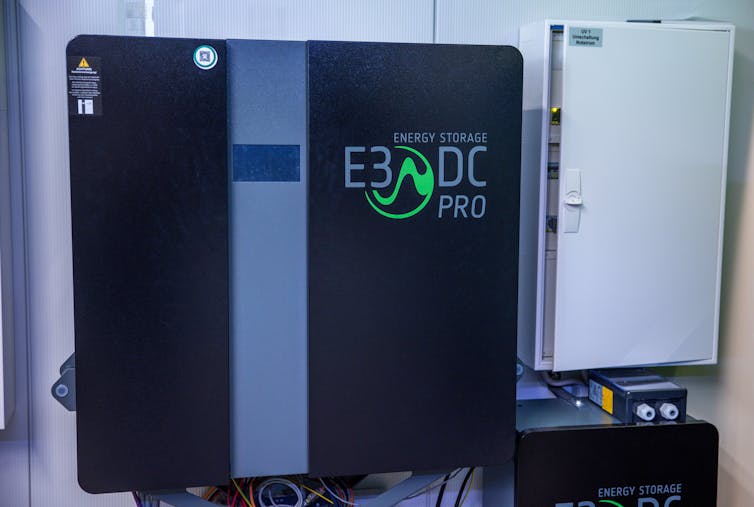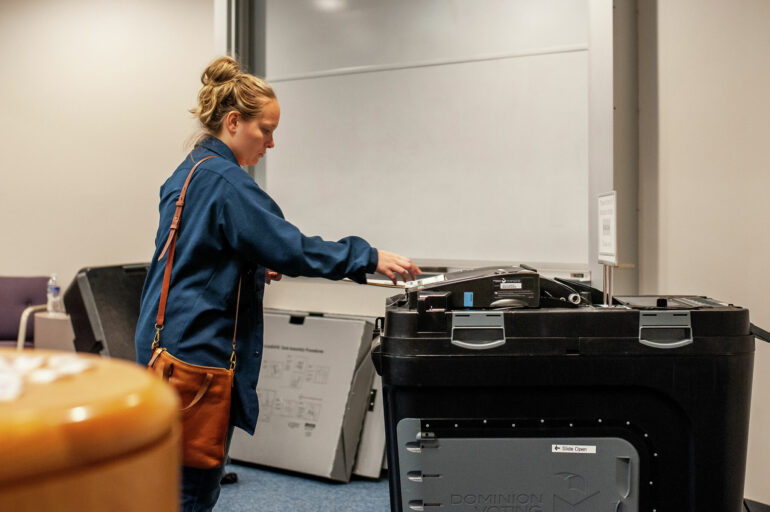My colleagues and I have developed an artificial intelligence system that helps buildings shift their energy use to times when the electric grid is cleaner.
I’m an engineer who studies and develops smart buildings. My lab created Merlin, which learns how people use energy in their homes and adjust energy controls like thermostats to meet their needs while at the same time minimizing the impact on the grid. The system can learn on one set of buildings and occupants and be used in buildings with different controls and energy use patterns.
We dubbed it Merlin after King Arthur’s legendary magician to reflect the magical nature of the system: It automatically collects data on how people use energy in their homes and identifies opportunities to charge and discharge home battery storage. And it does so in a way that you always have power for whatever you need. So your air conditioning is always available, but at the same time it reduces the strain on the grid – for example, during afternoon peaks.
If demand outstrips the available generation, utilities typically ask customers to adjust their thermostats and otherwise reduce their loads. If that’s not sufficient, blackouts are possible. This is where Merlin comes in. By managing energy use in homes more intelligently, Merlin helps balance the energy supply, making electric grids more stable and reliable. Merlin manages the grid’s use of the home’s battery while maintaining the home’s normal consumption of energy.
Why it matters
To address climate change, society needs to transition to generating electrical power exclusively using nonfossil fuel sources like solar, wind and nuclear. Also, all household appliances, or end uses – heating, cooking, clothes-drying – must be electrified. A similar transition is happening with cars, moving from internal combustion engine vehicles to battery electric vehicles. However, most renewable energy sources are non-dispatchable, meaning power companies can’t just turn them on when needed.
This requires a fundamental shift from a centralized energy system where a power plant generates all needed electricity, to a more decentralized or distributed one. In decentralized systems, power is generated at the edges of the grid – for example, in homes with solar panels – and homes and office buildings can store energy in batteries.
Homes and office buildings also actively try to reduce or shift their loads to reduce their demands on the grid. This means fewer blackouts and less wasted energy. Plus, using energy more efficiently helps reduce greenhouse gas emissions.

Battery storage is a key element of mating smart homes with smart grid management.
Jens Büttner/picture alliance via Getty Images
What other research is being done
Researchers are working on various ways to make buildings smarter and better at shifting their energy use. In fact, the U.S. Energy Department has created a national road…



